8 Must-Try Salad and Wild Rocket (Arugula) Varieties
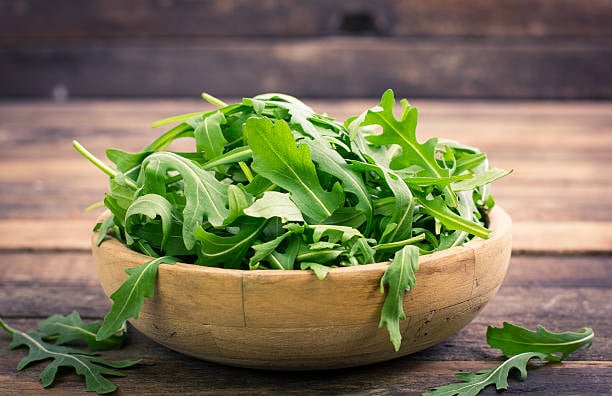
Table of Contents
Gourmet chefs all over the world use arugula as one of their go-to salad elements. This cruciferous vegetable belongs in the same family as broccoli, cabbage, and kale. Therefore, it is more than just another salad green, as it helps reduce inflammation in your body and guard against bone problems such as osteoporosis.
100 grams of arugula contain 0.7 grams of fat, 3.7 grams of carbohydrates, and 2.6 grams of protein. It is rich in minerals such as potassium, magnesium, iron, and calcium and is packed with vitamins such as A, C, and K, which boost your immunity and may also aid in battling various types of cancer.
Since the plant is a great source of antioxidants and consists of compounds that can undo and prevent cell damage, it is a must to include rocket in your daily diet.
Here are 8 arugula varieties that you can include in your diet to lead a healthy lifestyle.
1. Garden Rocket
The garden rocket has a unique, tangy flavour with a slight hint of mustard. This salad leaf grows fast in cool seasons and thrives in humus-rich soil with a pH range of 6 to 6.8. In addition to the leaves, even the flowers of the plant are edible. Heat is vital for the proper growth of the plant; however, planting garden rockets immediately after harvesting a plant from the cabbage family is not a good idea.
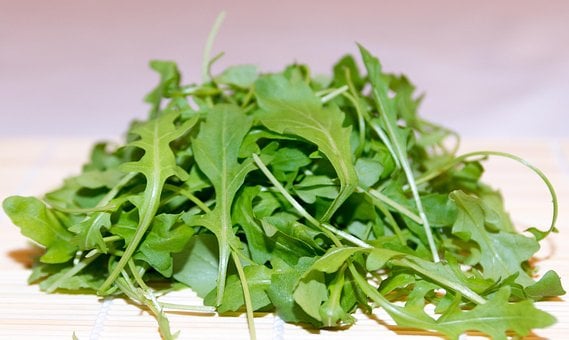
The plant can be harvested after 40 days of sowing the seed, and the middle part of the plant has to be preserved for future growth. The leaves that are closest to the base of the plant have the best taste and texture, whereas the ones that are large in size have a hard and tough texture. You can also judge the taste of the leaf by looking at the edges of the leaves because the shaper the edges, the higher will the bitterness levels be.
2. Wild Rocket
The wild rocket leaves are a storehouse of calcium, potassium, vitamin C, and folic acid. Therefore, these leaves are best eaten raw so that their nutritional value is preserved. The taste of these salad leaves also depends on the maturity of the plant. Smaller leaves will have a more delicate and milder flavour as compared to the larger leaves, which tend to be more tart and spicier.
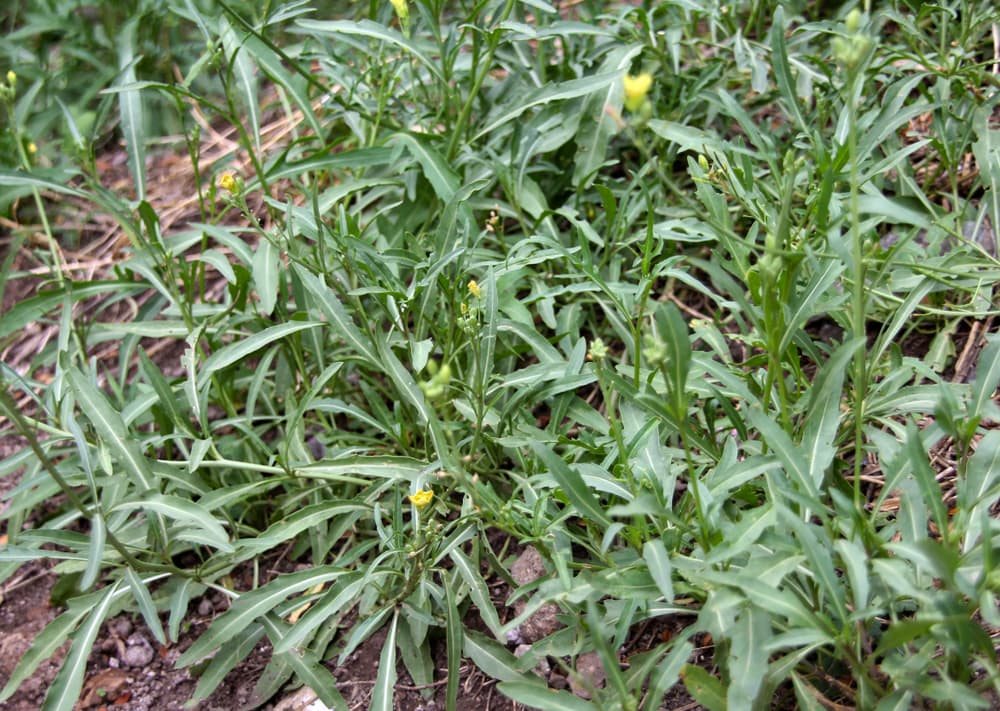
The short-lived perennial plants have sharp, slender, elongated foliage that is dark green in colour and grows best in rich and moist soil. For the best flavour, grow them in a spot that receives sunlight for 6 to 8 hours a day while watering them regularly. The leaves exude a beautiful aroma when crushed and will be ready for harvest after 50 days once the plant reaches a height of 80 cm.
3. ‘Uber’ Salad Rocket
You can easily make your salad taste better or garnish your pizza by adding these serrated, thicker, and darker rocket leaves that have a delicious peppery and spicy flavour that adds a kick. To complement the flavour of this particular variety of the plant, add vegetables like roasted beetroot or sliced fennel to bring out the flavour of the “uber” salad rocket. However, if you want to serve a cold salad, pair this variety of arugula with berries, pears, and oranges.
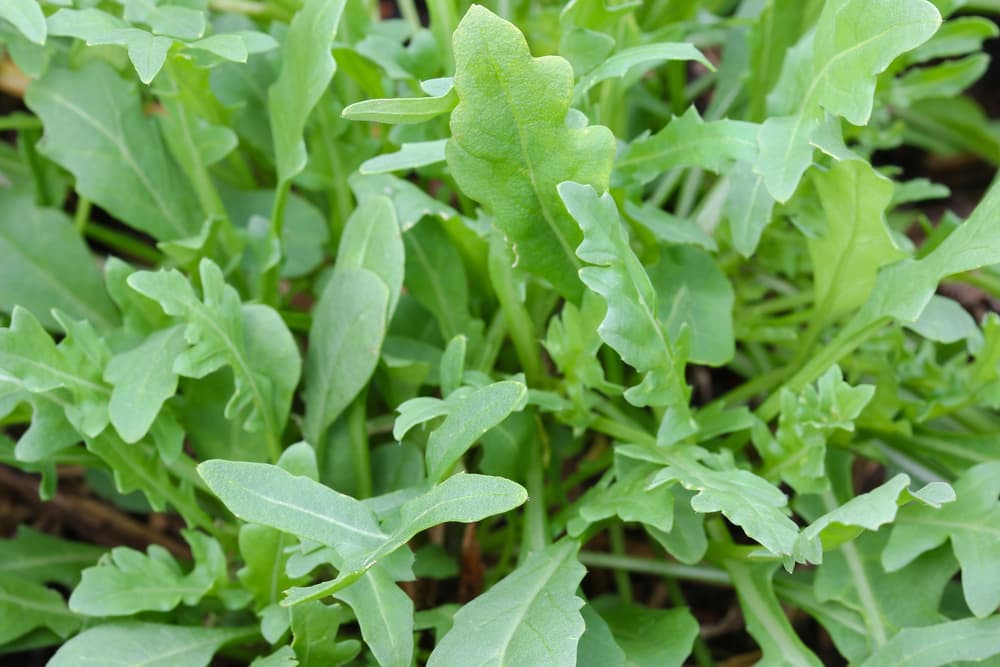
However, as compared to salad rockets, these leaves taste milder and a bit more refined than wild rockets. To grow these plants in your kitchen garden from June until the last week of September, you sow the seeds directly into the soil, cover them lightly, or even use modular trays.
4. Red Dragon
The Red Dragon rocket leaf can be a wonderful addition to your salads and sandwiches because of the eye-catching maroon-coloured veins on the leaves. In addition, the leaves have a spicy taste, a crisp texture, and a chewy consistency, which can make your sandwiches taste much better and also improve the quality of your dish as they do not have the bitter taste that other varieties of arugula might.
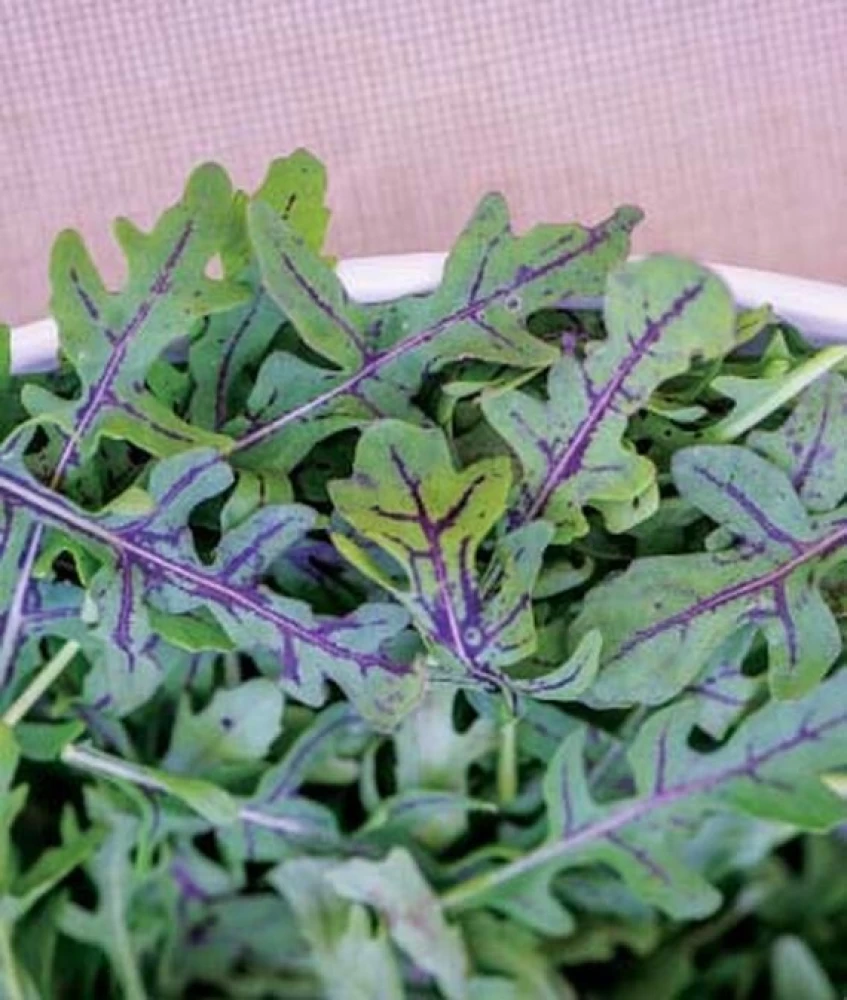
Also known as Dragon Tongue Rocket or Red Vein Arugula, this is a fairly easy plant to grow as it can withstand heat and frost. The Dragon Tongue rocket leaf is often paired with goat cheese, parmesan, and feta, as the salt in the cheese complements the nuttiness and spiciness of the leaves. Being a versatile plant, it can make French, Italian, and Oriental dishes taste better and fresher.
5. Astro Arugula
To perk up your summer salad, add some of these leaves with shaved parmesan cheese to bring out the nutty flavour of the leafy ingredient. The taste of these arugula leaves is not very pungent and peppery as compared to garden rockets. However, it has a tinge of smokiness that can enhance the flavour of a salad dressing with balsamic vinegar, lemon juice, honey, and olive oil. It is best to keep the leaves marinated in the dressing for some time so that the big-sized leaves can soak the dressing properly and soften. This way, the salad won’t feel dry.
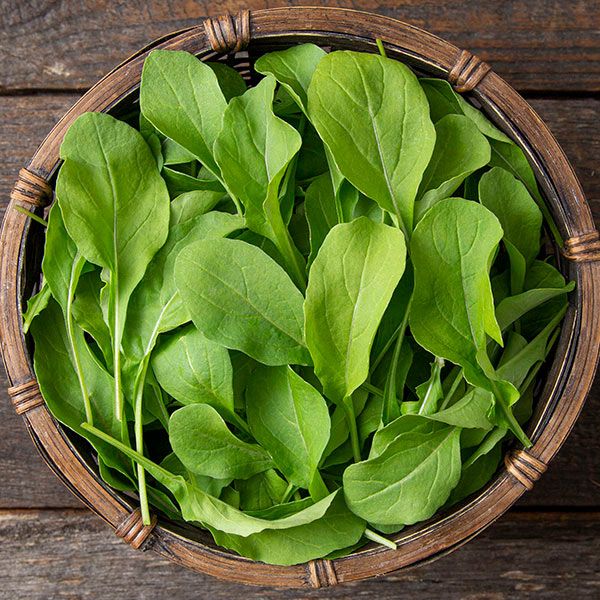
This variety has strap-shaped leaves that are not deeply lobed, and the plant must be sown directly in early to mid-spring so that it can sprout in 2-8 days. The plant can be harvested after 50-55 days of sowing and thrives in slightly acidic to neutral soil that is mildly watered.
6. ‘Giove’ Wild Rocket
The new variety of arugula is famous for its earthy flavour. The leaves have a light, peppery taste with a hint of honey. The leaves, when added to a bowl of salad, can add some drama to the dish, for the taste is quite subtle as compared to a garden rocket, but the appearance is bold.
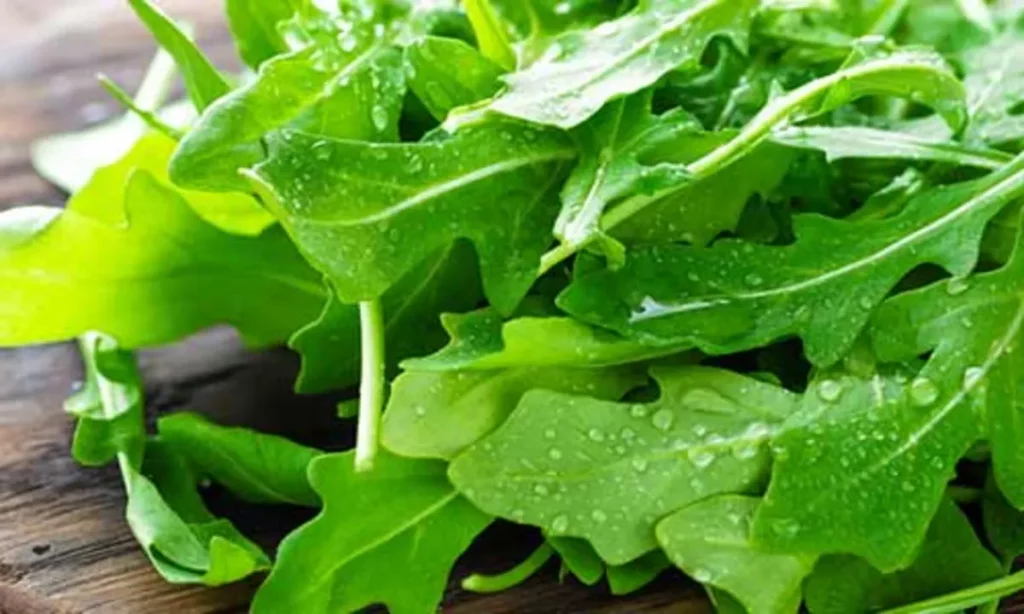
When your risotto or roast vegetables are completely cooked but need to rest with their lid on, add some leaves of the ‘Giove’ wild rocket to release their aroma. The leaves can be sown outdoors from spring through autumn. For maintenance of the plant in winter, make sure that you keep them covered and protected from frost.
7. ‘Olive Leaf’ Wild Rocket
This wild rocket, which has distinctive foliage and flavour, is also called “A Foglia Di Olivo”. The leaves are green, shiny, smooth, and light green in colour, with a unique fragrance that enhances the nutty flavour. The plant doesn’t require much upkeep because it is strong enough to withstand droughts, has a prostrate habit, and does not even bolt. For summer greens, you can sow the seeds in spring, and for winter springs, you can sow the seeds in autumn.
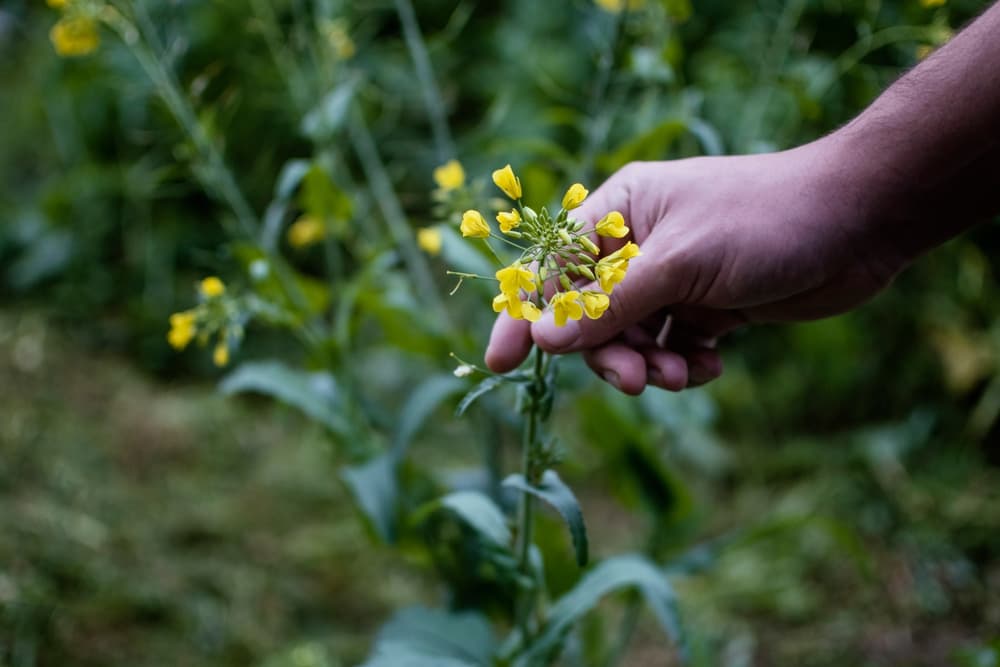
The leaves are susceptible to flea beetles in the summer, so you can use a horticulture fleece to save your plant. In autumn, use the same fleece to save it from the cold. Pinch the flower buds as soon as they emerge to prolong cropping. The flowers of the plant are edible, and you can add them to your salad for additional flavour to improve the appearance of the dish.
8. ‘Wasabi’ Wild Rocket
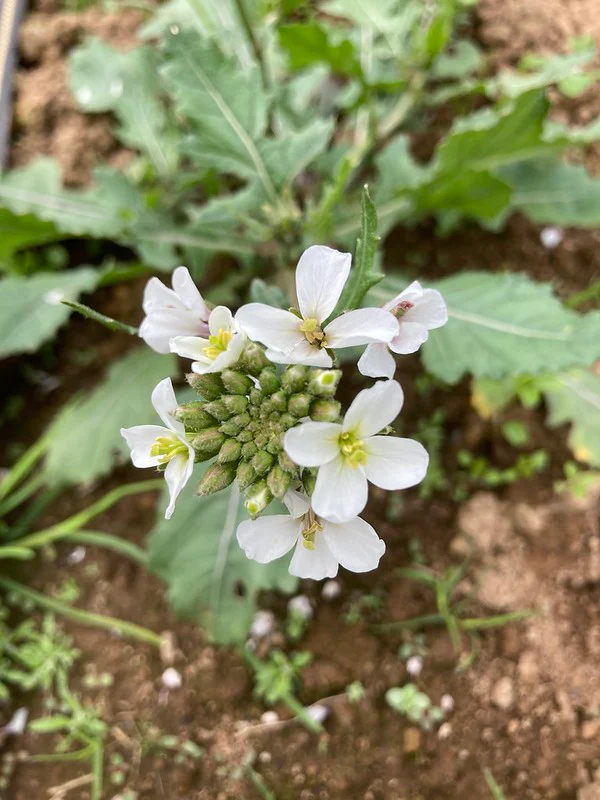
The salad leaf has a distinct flavour that is very similar to horseradish. These leaves resemble the leaves of a wild rocket as they are serrated from the edges; however, the taste is quite different. For instance, if you want your arrabbiata sauce to taste spicier and have some heat, crush some wasabi wild rocket, add it to your sauce, and savour the horseradish heat that accompanies it, thus giving your dish an Oriental twist. The plant grows best from March until September and is ready to be harvested after 40 days. The wild wasabi rocket thrives in partial to full sunlight, and well-drained, moist, and sandy soil is best for its health.
Conclusion
When cooking with arugula, complement the innate spiciness with salty and sweet ingredients like pancetta and anchovies, respectively. Dehydrated berries, melons, an acidic fruit like mandarin, and some vinegar in the dressing will bring out the flavour and make the spicy taste of certain arugulas more potent. These leafy ingredients add a beautiful spicy note to soups and work wonderfully as a pizza topping.
You can even finely chop the arugula leaves and add them to your pie fillings to give some freshness to the dish. Feel free to share your recipes that hero this powerful ingredient in the comment section.
Frequently Asked Questions
What Is the Best Way to Store Arugula Leaves?
To store the leaves and to make them last longer, wash them and loosely warp them in a kitchen towel. This way, all the extra water gets soaked up, and the leaves stay dry and fresh for 4-5 days. Make sure that you do not keep any heavy vegetables on top of the leaves.
What Are the Side Effects of Consuming Arugula?
The leafy vegetable should not be consumed by people who are taking blood-thinning medications. The presence of Vitamin K can increase the chances of blood clots when it counter reacts with blood thinners. Other side effects of arugula include abdominal pain and flatulence, as sulforaphane content is quite high.
Is It Advisable to Cook Arugula?
Yes. While raw arugula helps your body to retain healthy isothiocyanates, cooking it lightly for a few seconds can provide your body with enough nutrients and carotenoids.
Can Arugula Improve One’s Quality of Sleep?
Yes. Lactucarium is a compound that can help your brain to relax and induce sleep. The leafy vegetable contains lactucarium which is a sedative as well as a laxative that can ease your uterine cramping and also lower gut inflammation. Therefore, consuming these leaves can be very beneficial for women while they are menstruating.

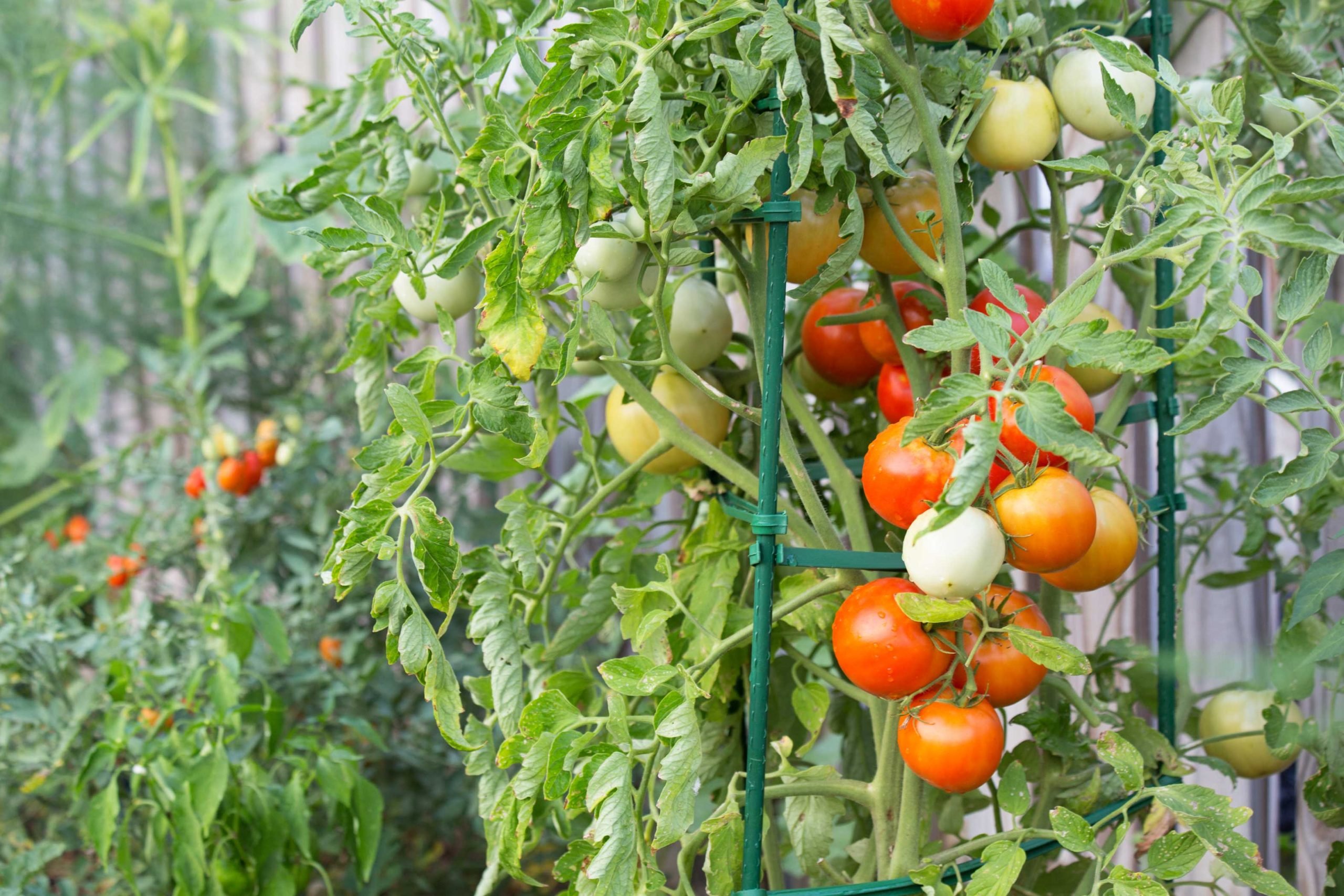
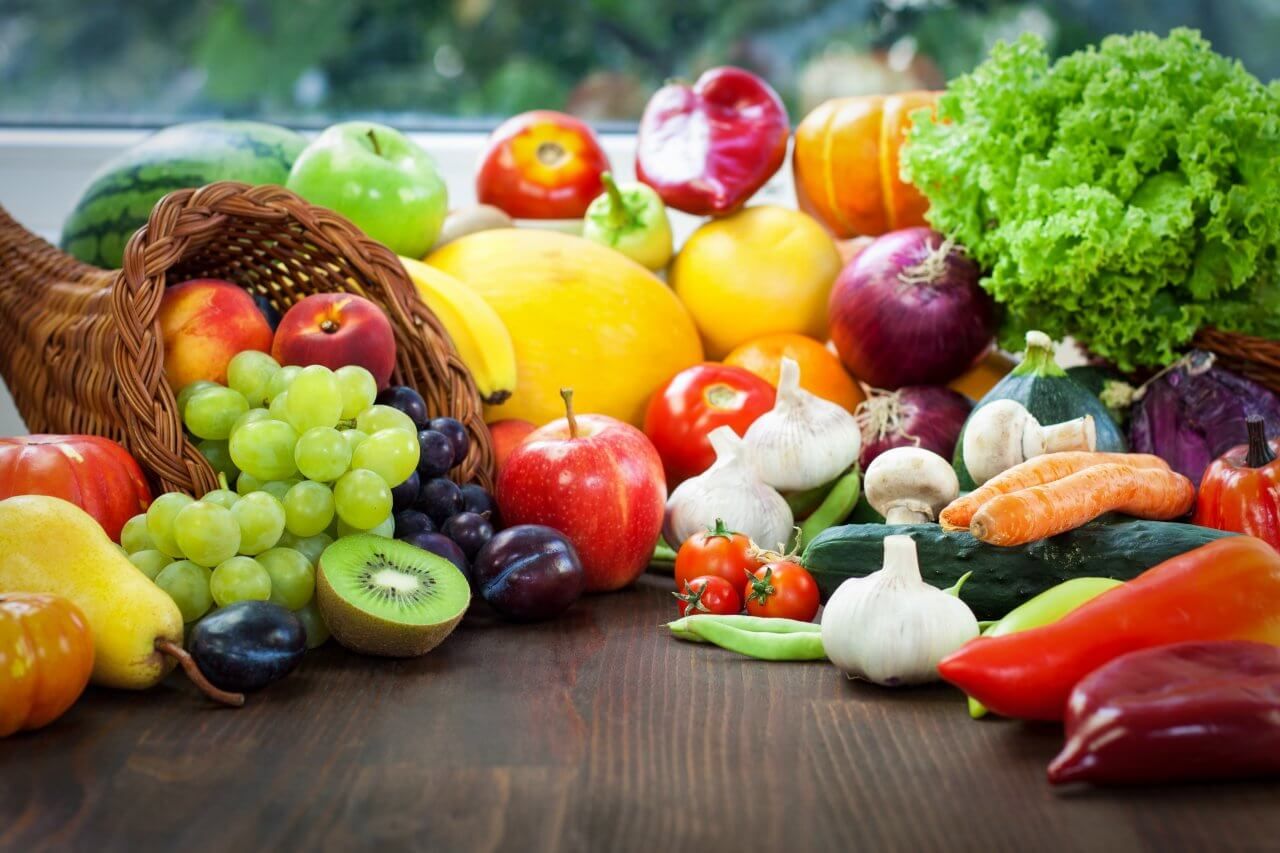
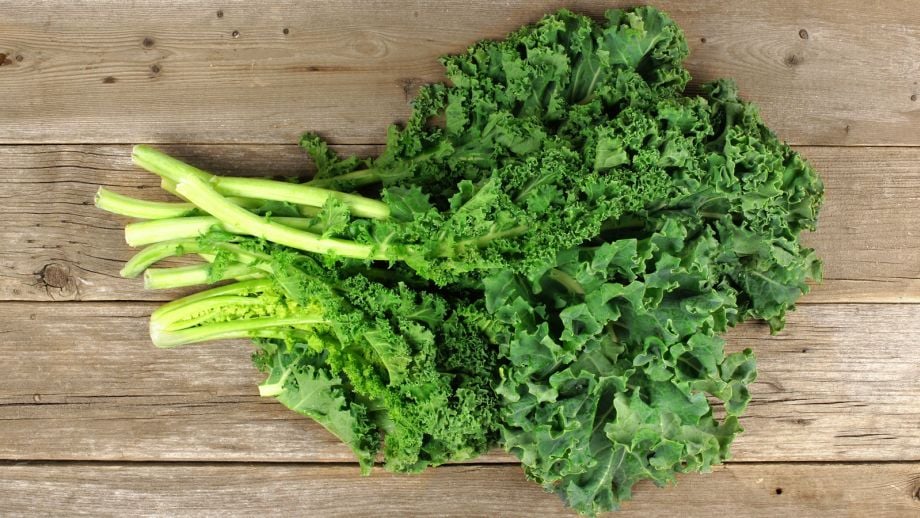
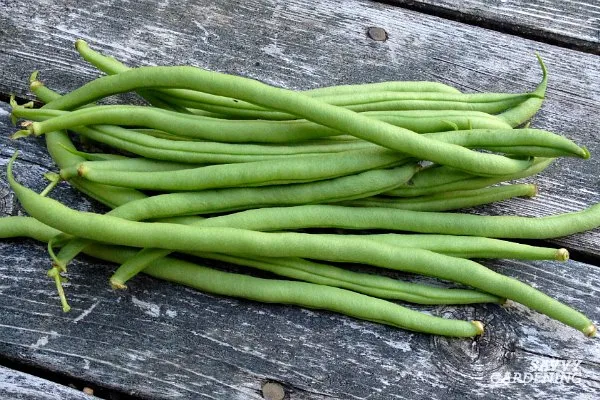

![When and How to Grow Broad Beans [UK]](https://staging.thearches.co.uk/wp-content/uploads/How-To-Grow-Broad-Beans-scaled.jpg)